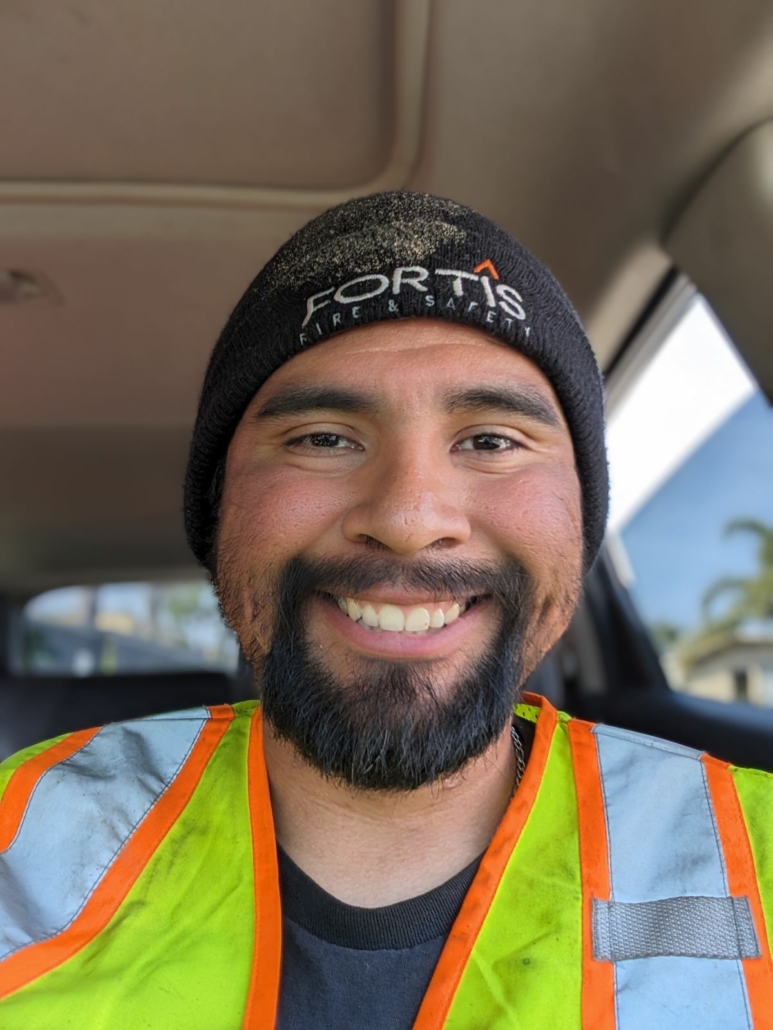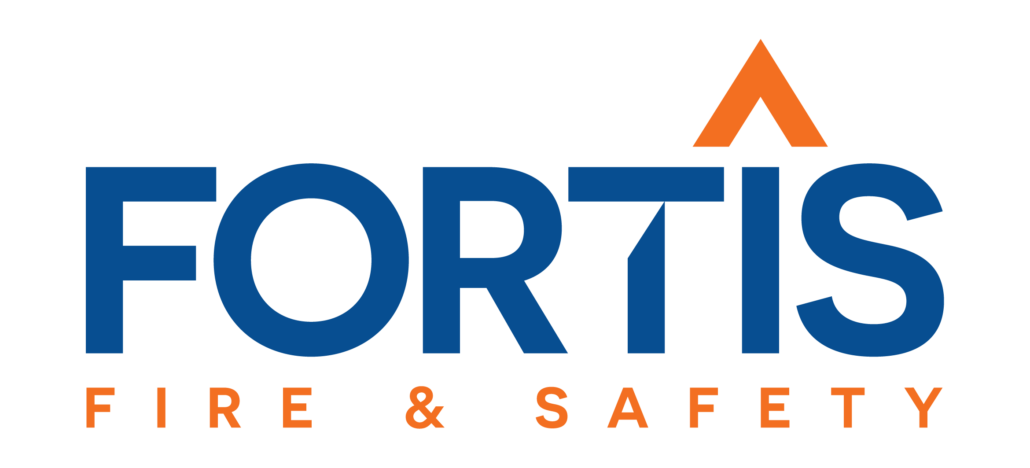Apprenticeships Provide a Secure Career Path, Ensure Quality for Customers
Fire safety systems are complex and important, ensuring the preservation of life and property, so there’s a lot of training required to work in the installation and maintenance of fire sprinklers, alarms, and extinguishers.
Pedro Zamudio started working in fire safety eight years ago, dedicating the past five of those years to studying.
 He’s a fire sprinkler pipefitter apprentice at VFS Fire & Security, a Fortis Brand, who previously worked at a fast-casual chain as a busboy and waiter. After taking some fire tech courses and seeing a job listing with VFS Fire & Safety, he applied. “I didn’t really know what to expect when joining this trade, but I like working with my hands and I ended up growing to like the trade,” he said.
He’s a fire sprinkler pipefitter apprentice at VFS Fire & Security, a Fortis Brand, who previously worked at a fast-casual chain as a busboy and waiter. After taking some fire tech courses and seeing a job listing with VFS Fire & Safety, he applied. “I didn’t really know what to expect when joining this trade, but I like working with my hands and I ended up growing to like the trade,” he said.
From the beginning, he liked the people he worked with at VFS, having fun and creating relationships with his colleagues. “Enjoying the work didn’t feel too much like work.”
Working in fire safety gives Zamudio purpose. “I like that — hopefully it doesn’t come to it, but — my work can possibly save people’s lives or material possessions,” he said.
Because this work is so technical and important to community safety, many organizations require apprenticeships in order to become a foreman and lead on job sites.
In California, where VFS Fire & Security is based, the California American Fire Sprinkler Association (CAFSA) handles coursework and testing for apprentices. The program consists of four years studying, followed by on-the-job hours and a test. The first year is focused on learning the trade’s safety, systems, applications, and codes. Then as apprentices progress, they learn more about specifics in the trade and troubleshooting systems.
When first starting Zamudio’s apprenticeship, the course required three virtual classes per month and one in person. Those courses leaned more on virtual interaction when COVID lockdowns came about, but they’re back to the original structure. Zamudio logs on to Zoom classes on Thursday evenings, and he attends hands-on class time on Saturdays for eight hours.
Now in the final stages of his apprenticeship, Zamudio’s estimated completion for bookwork is June, then October for the on-the-job hours. Once both are complete, he will take a journeyman test to then have the title of Journeyman. Then, he will be eligible to become a foreman.
Zamudio is the only apprentice from VFS in his class, but he has nine fellow students whom he can tap with questions and share knowledge. They’ve learned hands-on applications to the jobs, such as how to handle different climates such as desert versus humid areas and how fire safety systems are affected.
Zamudio’s teacher, Jeff Sullivan, has been with him for the past four years through the apprenticeship. His best advice for the class has been “you get what you put in.” you can study, work hard, and learn everything, but “it’s up to you how much you want to learn and to apply yourself to the trade.”



